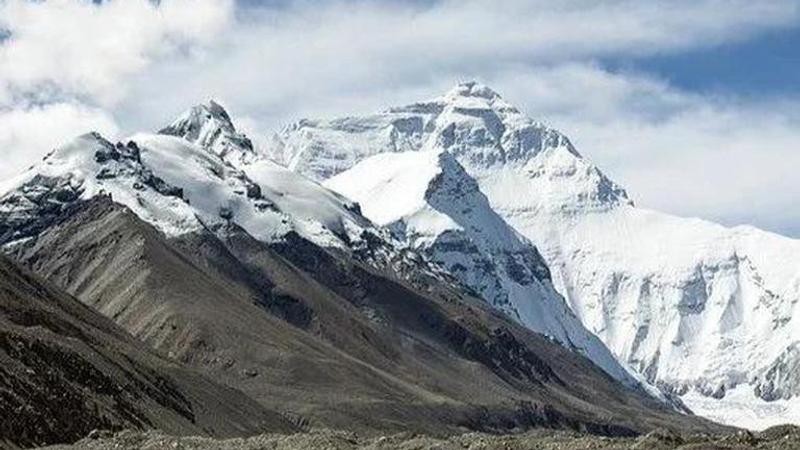Published 06:44 IST, August 29th 2020
Mount Everest summit success rates doubled in last 30yrs, death rate remains same: Study
According to a new study, the success rate of climbing the world's tallest peak Mount Everest has doubled in the last three decades.

Advertisement
According to a new study, the success rate of climbing the world's tallest peak Mount Everest has doubled in the last three decades. However, the death rate for climbers remained unchanged at around 1 percent since 1990.
The study was published in the journal PLOS ONE which analysed the success and death rates for all first-time climbers who were allowed to climb the peak during the period of 2006 to 2019. The researchers found that the number of climbers on Mount Everest has rapidly increased in recent years.
Success rates have doubled
The study reveals that the success rates have doubled so far with two-thirds of climbers reaching the summit compared to one-third previously, with the overall death rate of around one percent remaining unchanged.
The researchers found that a contemporary 60-year-old climber has the about the same death rate -- about 2 percent as a 48.5-year-old in the earlier period, suggesting "60 is the new 40" when it comes to summiting the Everest. The probabilities of summiting were similar for men and women.
The study notes that while most climbers were men, but the proportion of women climbers had increased over time. In addition, men and women had similar odds of success, complete success, and dying. It further added that the proportion of “old” climbers (aged 60 or above) had increased over time.
The findings suggest that climbers older than about 40 years had progressively lower rates of summiting; and climbers older than about 59 had marginally increased rates of dying, especially the few that had summited.
It also added that probabilities of success and of complete success have improved in the recent period, while probabilities of death have declined slightly. Prior experience climbing on a Nepalese or border peak was associated with an elevated success rate but was unrelated to the death rate.
Moreover, the total number of attempts by climbers older than 59 has increased by 3.6-fold. However, the percentage of attempts by women has increased significantly and reached 9.1% for 1990–2005 and climbed to 14.6% for 2006–2019. Although men continue to outnumber women on other Nepalese peaks, gender discrepancies there are also slowly eroding.
The number of yearly summit attempts on Everest continues to rise, and the main routes are becoming increasingly crowded. In fact, the average number of climbers making summit bids above high camp has increased four-fold since our prior survey. Overcrowding on Everest has received attention from mountaineering associations, media, and the governments of Nepal and China.
Image: Pixabay
06:44 IST, August 29th 2020




